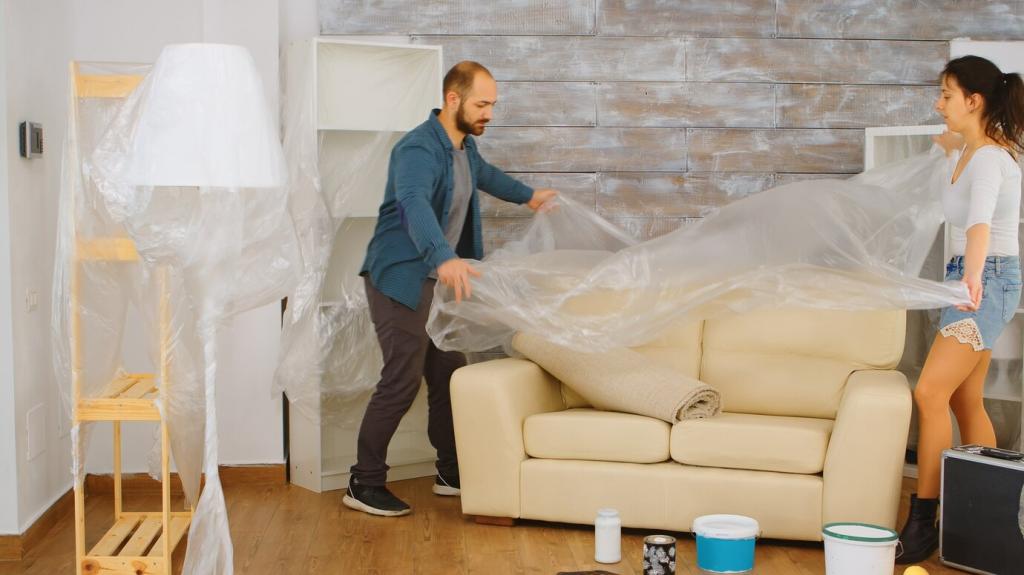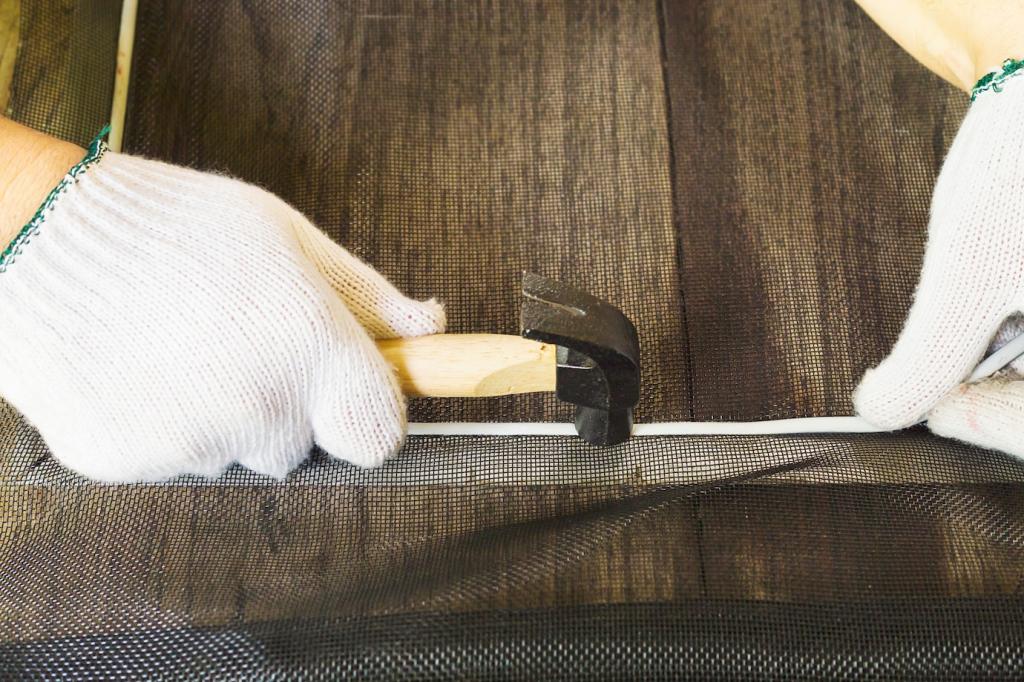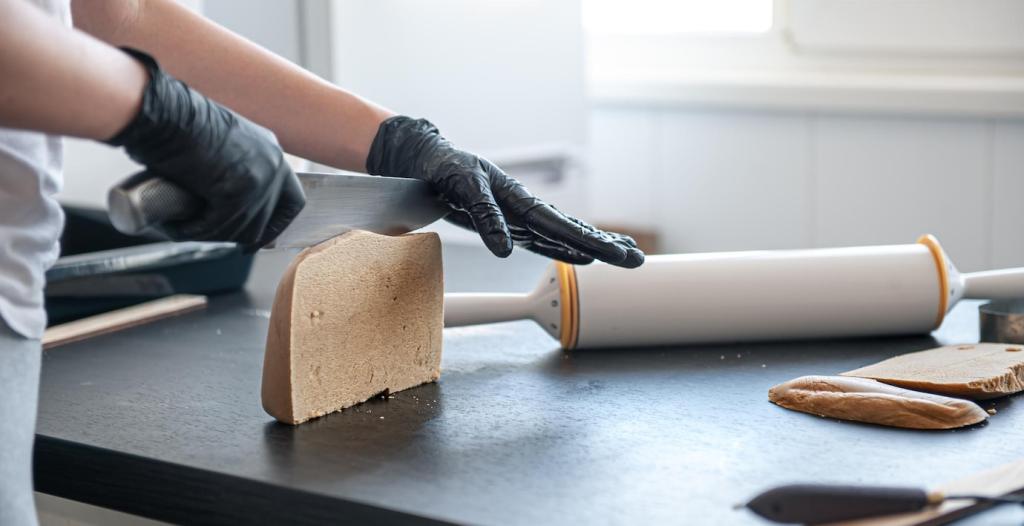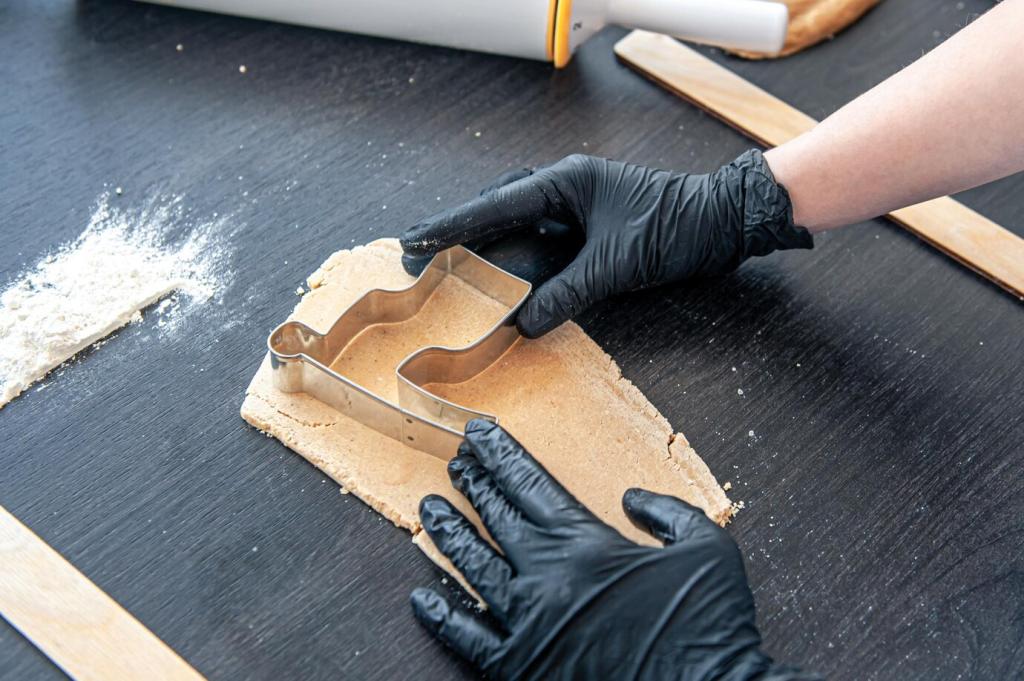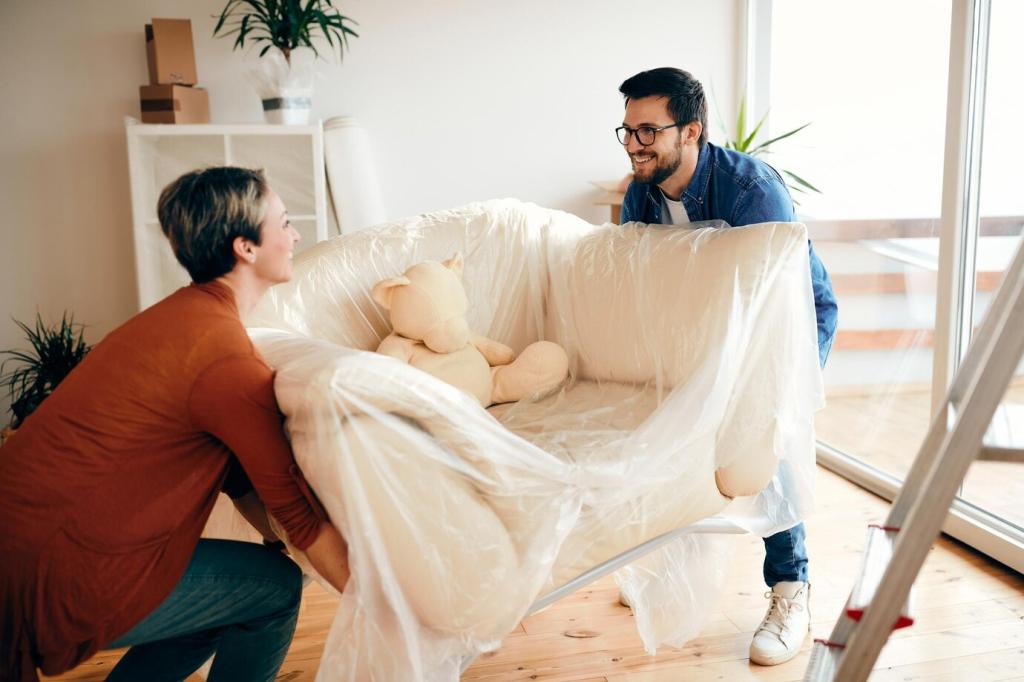Application and Curing Techniques That Matter
Uniform sanding, thorough dust removal, and compatible sealers create an anchoring foundation. Imperfections telegraph through, and contaminants sabotage adhesion. Think of prep as the invisible layer that makes strength possible. Got a prep ritual that works wonders? Share your grit sequence and cleaning routine with our community.
Application and Curing Techniques That Matter
Roll, spray, and curtain coaters each influence film build and flow. Correct viscosity, temperature, and gun setup ensure even coverage across edges and end grain. Edge protection reduces chipping and scratch funnels. Want our setup checklist for consistent results? Subscribe, and we’ll send the shop-floor quick guide.

